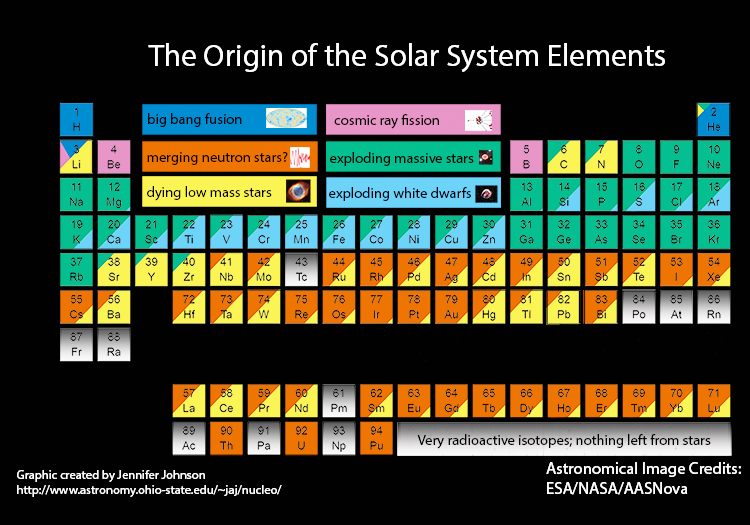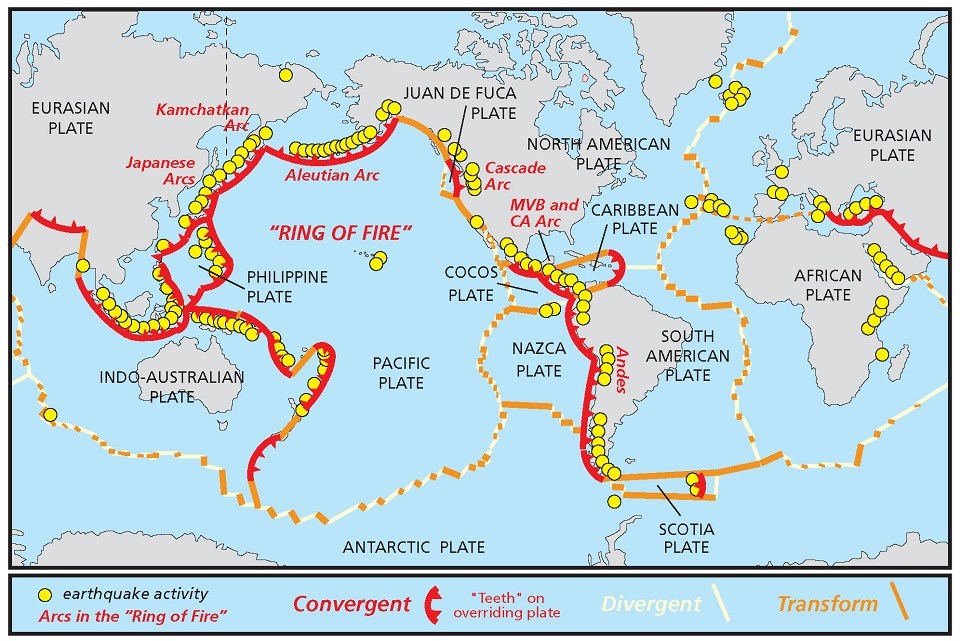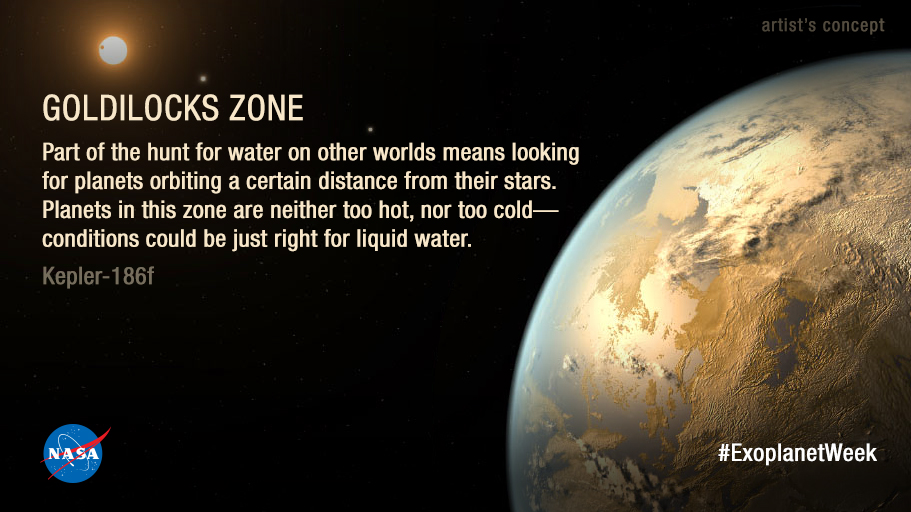Biology 1105 - Final Project
Initializing cards...
Next Time
Video Info
Next on Life Beyond: Making contact with intelligent life. Surviving the end of the universe. The physics of alien life & more.
Credits
Video Info
Supported by: Protocol Labs
Concept, music & visuals by: Melodysheep (John D. Boswell)
Featuring the voices of: Douglas Rain, David Christian, Michelle Thaller, Orson Welles, Andrew Siemion, Dan Werthimer, Avi Loeb, Ellen Stofan, and Lawrence Krauss.
Additional visuals by: Julius Horsthuis, Konstantin Kovalenko, NASA, Evolve
Thanks to: Juan Benet, Julius Horsthuis, Konstantin Kovalenko, Avi Loeb, and to Melodysheep’s Patreon Supporters
Website: melodysheep.com
Instagram: @melodysheep_
Twitter: @musicalscience
Voice Sources: "National Film Board: Universe", "David Christian TED Talk", "Dan Werthimer TEDx Talk", "Andrew Siemion: Beyond the Singularity", "Orson Welles: Who’s Out There", "Avi Loeb: The Case for Cosmic Modesty", "Michelle Thaller in how the Universe Works", ["Lawrence Krauss: Life, the Universe, and Nothing: A Cosmic Mystery Story"](https://www.youtube.com/watch
Timelapse of the Future by Melodysheep
Video Link

Learn more with another one of Melodysheep’s videos - Timelapse of the Future

75 °F = 24 °C
Additional Info

Supernova
Additional Info
“A supernova will occur about once every 50 years in a galaxy the size of the Milky Way.”
Two types - Type I and Type II. Type I occurs when the star gains mass from nearby objects. Type II occurs when the star collapses under it’s own mass.
- Citations:
- https://www.space.com/6638-supernova.html

Elements of the First Stars
Additional Info


The First Stars
Additional Info
Create 100 million years after the Big Bang. Referred to as population III stars.

Temperature of the Universe after the Big Bang
Additional Info

380,000 years after the Big Bang, the temperature would have been about 3000 °K (4940.3 °F, 2726.8 °C)
Timelapse of the Entire Universe by Melodysheep
Video Link

Learn more with another one of Melodysheep’s videos - Timelapse of the Entire Universe

Mars Soil
Additional Info
Still researching more about this graph.
Newer studies have found that UV radiation from the sun hitting the surface and the presence of perchlorates create an environment that may not be as suitable for life.

100 trillion
Additional Info
100,000,000,000,000

Dragonfly Mission
Additional Info

Launches in 2026, lands in 2034.
Will have 8 rotors and will fly over the surface for over 108 miles (175 km).

Titan
Additional Info
Moon of Saturn.
Has rivers, lakes, and seas of liquid methane and ethane. Could have water under the surface.

Enceladus
Additional Info
Moon of Saturn.
Vents in the ocean below the icy surface releases hydrogen gas.
Signs of the ingredients for life were confirmed in 2017 by the Cassini team.

Gravitational Energy
Additional Info
Referred to as Gravitational Energy.

Venus
Additional Info
Atmosphere: Carbon dioxide and sulfuric acid (Creates a greenhouse effect.)
Surface temperature: 471°C (880°F)

Grains of Sand on Earth
Additional Info
The Earth has roughly (and we’re speaking very roughly here) 7.5 x 1018 grains of sand, or seven quintillion, five hundred quadrillion grains.

Age of the Earth
Additional Info
Earth is about 4.6 billion years old.

100,000,000,000,000,000,000
Additional Info
Which could mean that at least 0.0000000000000032% exoplanets have been observed in the universe.

5,000,000,000
Additional Info
Based on earlier numbers presented here by NASA, that could mean that at least 0.000064% exoplanets have been observed in our galaxy.
K2-18B
Title
Distance: 111 Light Years.
Size: 2.7x Earth.
Temperature: -100 -116ºF.
Notes: Confirmed atmospheric water vapor
TEEGARDEN-B
Title
Distance: 12 Light Years.
Size: 1.07x Earth.
Minimum temperature: ≥ 20ºF.
Age: 2.5 billion years.
Notes: Possible Water World
TRAPPIST-1D
Title
Distance: 41 Light Years.
Size: 0.77x Earth.
Temperature: ≥ 20ºF.
Age: ~7.5 billion years.
Notes: Possible Water World
KEPLER-62F
Title
Distance: 1200 Light Years.
Size: 1.4x Earth.
Temperature: ≥ -85ºF.
Age: ~7 billion years.
Possible Water World

"Where there is water, there is life"
Additional Info
“Where there is water, there is life” - A hypothesis yet to be confirmed.

Exoplanets
Additional Info
Definition: “Any planet beyond our solar system”
In the last 20 years, 3200 exoplanets have been confirmed.

Life in a vacuum
Additional Info
“Researchers from the University of Sherbrooke in Quebec, Canada […] showed that some organic molecules that form the building blocks of life could develop in icy films subjected to radiation within a vacuum, opening the possibility that life on this planet might actually be extraterrestrial in origin.”

Pictured: DNA
Additional Info
A type of nucleic acid that encodes genetic information.

Pictured: Mitosis
Additional Info
The splitting of a cell in two, replicating it’s DNA.

Cracks in the Earth's Crust
Additional Info

Referred to as “Plate Tectonics.”
Crust is the top layer of the Earth.
Ranges from about 5 km thick in the ocean, about 30-35 km on the continents, and about 100 km thick in some mountain ranges.
Cracks release heat and are one source of volcanoes.
Melodysheep
Title
Earth
4 Billion Years Ago

Goldilocks Zone
Additional Info

These “goldilocks conditions” are also referred to as “Goldilocks Zones,” one way scientists are narrowing the search for life.

Chains of Molecules
Additional Info
Chains of molecules can either come in the form of hydrocarbons or polymers. Both of these contain of carbon atoms and both form some of the building blocks of life.
Hydrocarbons contain only hydrogen and carbon atoms. The bonds between the atoms store energy that can be released.
Polymers come in the form of carbohydrates, nucleic acids, and proteins. These have various roles such as being the backbone of DNA/RNA, fuel storage, provide structure to cells, and many more.

Water
Additional Info
Water is a molecule made up of two Hydrogen atoms and one Oxygen atom. As noted already, Oxygen is considered one of those heavy elements.

Heavy Elements
Additional Info

The definition of “heavy elements” is not well defined, but seems to be defined by elements larger than Boron.
Elements are created in stars as they age. Once the star dies, these heavier elements become the material that planets are made of.

Right distance from stars
Additional Info

The distance between a star an the planet for life to be sustained depends on the temperature of the star.

Right amount of Energy
Additional Info
Life can be sustained in temperatures ranging from -15°C to 122°C (5°F to 252°F)

Energy
Additional Info
Defined as “the ability to move matter or change matter”
This can come in many forms, including sunlight, geothermal heat, molecules, etc.

Chemistry
Additional Info
One of the defining characteristics of life is that the organism is made up of cells.
These cells are made up of molecules. These molecules make up things like DNA, RNA, carbohydrates, proteins, nucleic acids, and more.
Melodysheep
Title
Chapter 1: The Dawn
Alien life, deep time, and our place in cosmic history
Melodysheep
Title
LIFE BEYOND
Narration
Narration
Narration from National Film Board: Universe
Directed by Roman Kroitor, Colin Low - 1960

Enhanced Version
About
This is an enhanced version designed for educational purposes.
Enhanced Version created by Alex Shafer (enzanki_ars)
Melodysheep
Video Info
Original video available at https://www.youtube.com/watch?v=SUelbSa-OkA
Soundtrack available at https://melodysheep.bandcamp.com/album/life-beyond-chapter-1-original-soundtrack
Support Melodysheep on Patreon at http://patreon.com/melodysheep
Works Cited
- Wilkin, Douglas, and Niamh Gray-Wilson. "Characteristics of Life" CK , 20 Nov. 2019 , https://www.ck12.org/biology/Characteristics-of-Life/lesson/Characteristics-of-Life-Advanced-BIO-ADV/ .
- Wilkin, Douglas, and Niamh Gray-Wilson. "Cells" CK , 20 Nov. 2019 , https://www.ck12.org/c/biology/cells/lesson/Cells-Advanced-BIO-ADV/ .
- Brainard, Jean. "Energy" CK , 20 Nov. 2019 , https://www.ck12.org/c/physical-science/energy/lesson/Energy-MS-PS/ .
- McKay, Christopher P. "Requirements and limits for life in the context of exoplanets." Proceedings of the National Academy of Sciences of the United States of America vol. 111,35 (2014): 12628-33. doi:10.1073/pnas.1304212111 , https://www.ncbi.nlm.nih.gov/pmc/articles/PMC4156692/ .
- Johnson, Michele. "Habitable Zones of Different Stars" NASA , 26 Oct. 2018 , https://www.nasa.gov/ames/kepler/habitable-zones-of-different-stars .
- "What are stars made of?" Cool Cosmos , http://coolcosmos.ipac.caltech.edu/ask/205-What-are-stars-made-of- .
- Johnson, Jennifer. "The Origin of the Elements" http://www.astronomy.ohio-state.edu/~jaj/nucleo/ .
- "Chapter 15. Polymer Structures" MSE209-3 Home - Spring 2004 , https://www2.virginia.edu/bohr/mse209/chapter15.htm .
- "Carbon and hydrocarbons" Khan Academy , 3 Dec. 2019 , https://www.khanacademy.org/science/biology/properties-of-carbon/carbon/a/carbon-and-hydrocarbons .
- "Goldilocks Zone" Exoplanet Exploration , https://exoplanets.nasa.gov/resources/323/goldilocks-zone/ .
- "Plate Tectonics" Geology , https://www.nps.gov/subjects/geology/plate-tectonics.htm .
- Caughill, Patrick. "Scientists Find New Evidence That Life Could Have Begun In Space" Futurism , 15 Dec. 2017 , https://futurism.com/scientists-find-new-evidence-life-begun-space .
- "About Exoplanets" Exoplanet Exploration , https://exoplanets.nasa.gov/what-is-an-exoplanet/about-exoplanets/ .
- "Warm welcome: finding habitable planets" Exoplanet Exploration , https://exoplanets.nasa.gov/what-is-an-exoplanet/how-do-we-find-habitable-planets/ .
- "The Pregeologic Period" Geologic history of Earth , 23 Sep. 2017 , https://www.britannica.com/science/geologic-history-of-Earth/The-pregeologic-period .
- Krulwich, Robert. "Which Is Greater, The Number Of Sand Grains On Earth Or Stars In The Sky?" Krulwich Wonders , 17 Sep. 2012 , https://www.npr.org/sections/krulwich/2012/09/17/161096233/which-is-greater-the-number-of-sand-grains-on-earth-or-stars-in-the-sky .
- "Venus" Solar System Exploration , https://solarsystem.nasa.gov/planets/venus/in-depth/ .
- "Enceladus: Ocean Moon" Cassini , https://solarsystem.nasa.gov/missions/cassini/science/enceladus/ .
- "Cassini at Enceladus: A Decade-Plus of Discovery" Solar System Exploration , 30 Dec. 2015 , https://solarsystem.nasa.gov/news/12916/cassini-at-enceladus-a-decade-plus-of-discovery/ .
- "NASA Missions Provide New Insights into 'Ocean Worlds' in Our Solar System" Solar System Exploration , 12 Apr. 2017 , https://solarsystem.nasa.gov/news/13024/nasa-missions-provide-new-insights-into-ocean-worlds-in-our-solar-system/ .
- "Titan" Solar System Exploration , https://solarsystem.nasa.gov/moons/saturn-moons/titan/in-depth/ .
- "NASA's Dragonfly Will Fly Around Titan Looking for Origins, Signs of Life" NASA , 27 Jun. 2019 , https://www.nasa.gov/press-release/nasas-dragonfly-will-fly-around-titan-looking-for-origins-signs-of-life .
- Wall, Mike. "Mars Soil May Be Toxic to Microbes" space.com , 6 Jul. 2017 , https://www.space.com/37402-mars-life-soil-toxic-perchlorates-radiation.html .
- "The Beginning of the Universe" Astronomy: The Big Bang , https://courses.lumenlearning.com/astronomy/chapter/the-beginning-of-the-universe/ .
- Wright, Edward. "Brief History of the Universe" http://www.astro.ucla.edu/~wright/BBhistory.html .
- Zackrisson, Erik and Martin Sahlén. "The First Stars and Galaxies" Department of Physics and Astronomy , https://www.physics.uu.se/research/astronomy-and-space-physics/research/galaxies/first-stars-galaxies/ .
- Wright, Edward. "Brief History of the Universe" http://www.astro.ucla.edu/~wright/BBhistory.html .
- Johnson, Jennifer. "The Origin of the Elements" http://www.astronomy.ohio-state.edu/~jaj/nucleo/ .
- "What Is a Supernova?" space.com , 9 Feb. 2018 , https://www.space.com/6638-supernova.html .

